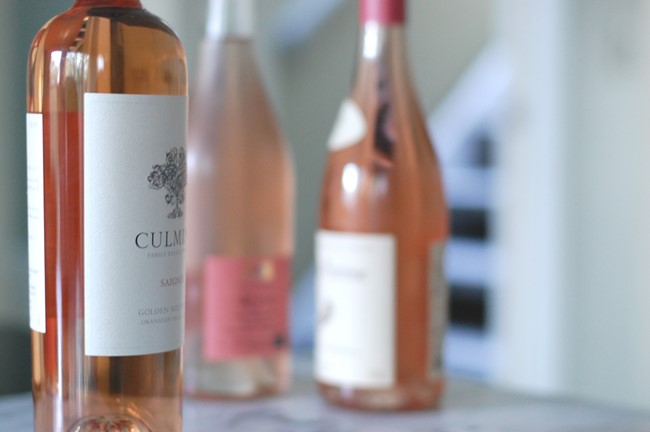
by Scott Ronalds
I was solving the world’s problems over a bottle of rosé with my sister the other night (I admit it, I can appreciate a good glass of the pink stuff). We got to talking about how the wine has graduated from “sweet and cheap” to a more sophisticated sipper. She asked me what she should do to take advantage of the whole rosé craze from an investment standpoint.
If you haven’t heard, rosé sales in Canada have been booming. Pink bottles are littered all over summer patios and, quite likely, your Instagram feed. A recent article in the Financial Post highlights just how popular this type of wine has become in North America.
I thought about my sister’s question for a minute and said, “Nothing ... but top me up please.”
I could tell my response left her flat. She wanted me to tell her about a stock or fund that’s ready to take off thanks to the lift in rosé sales (and she wanted the last of the bottle herself).
Sure, there are stocks that have exposure to rosé including wine producers (e.g. Constellation Brands) and liquor retailers (e.g. Liquor Stores N.A., which we own in our Small-Cap Fund), and I’m sure a marketing department somewhere is well down the road toward launching an ETF – with the ticker ROSE, of course.
But rosé is a fad. And fads never make for good long-term investments.* Canadians are loving the pink stuff now, but tastes change and fads fizzle. Indeed, the Financial Post article mentions how the trend is headed in the opposite direction in Europe, where “sales of rosé are flat, but wine consumption overall is down as young people move away from the drinking traditions of their parents.”
I told my sister instead to stick to her investment plan and not chase fads. Boring advice, but it will save her from reaching for the stiffer stuff when rosé is yesterday’s news.
*This isn’t to say that investing in wine in general is a fad or a fool’s game, but rather that trying to invest in a certain type of wine or grape that has been in and out of favour with consumers is a very risky strategy.
We're not a bank.
Which means we don't have to communicate like one (phew!). Sign up for our blog to get the straight goods on investing.

